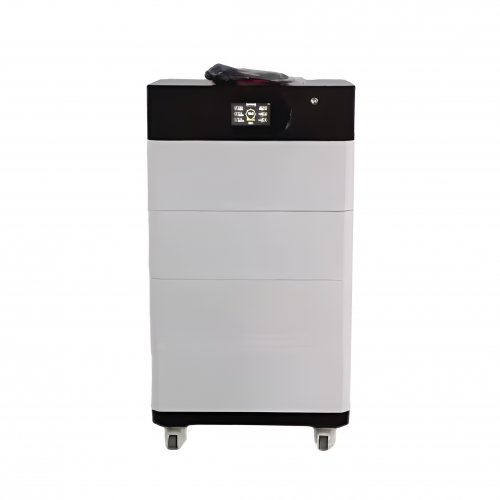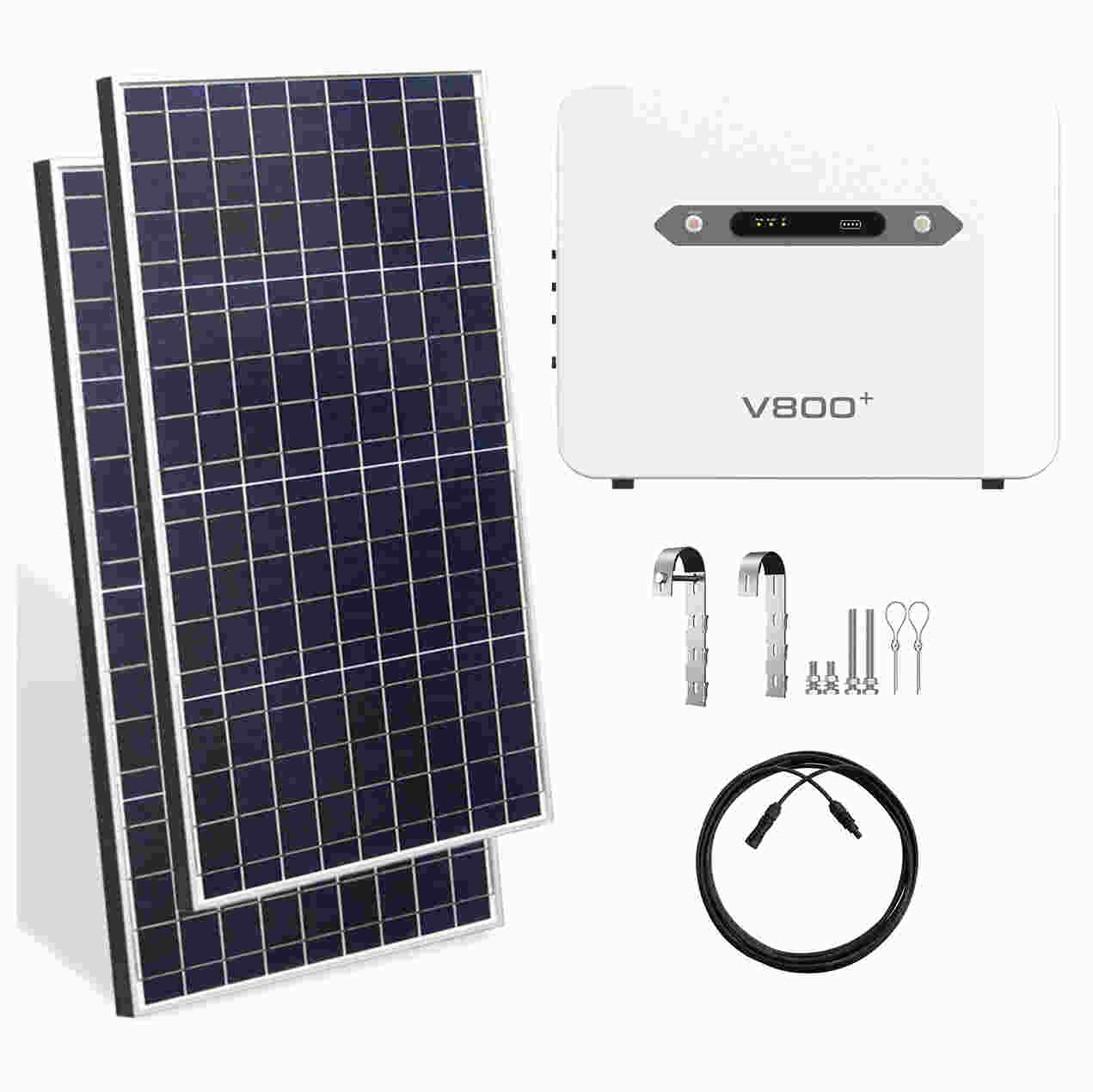Advances In Cost Reduction: Novel Methodologies And Technological Breakthroughs
Cost reduction remains a central objective in both industrial operations and academic research, driving innovation across materials science, manufacturing, energy, and logistics. The relentless pursuit of efficiency is no longer solely about trimming expenses but has evolved into a sophisticated discipline that leverages advanced technologies to redefine value chains and create sustainable competitive advantages. Recent breakthroughs in additive manufacturing, renewable energy integration, artificial intelligence, and circular economy models are demonstrating unprecedented potential for driving down costs while simultaneously enhancing performance and environmental sustainability.
A significant area of progress is in additive manufacturing (AM), particularly within metal 3D printing. The high cost of metal powders and the energy-intensive nature of traditional laser powder bed fusion (L-PBF) have historically been major barriers. However, recent developments are tackling these issues directly. The emergence of bound metal deposition (BMD) and similar techniques, which use metal powder-filled polymer filaments, drastically reduces both material waste and machine capital cost compared to L-PBF systems (Gibson et al., 2021). Furthermore, research into alternative, lower-cost feedstock materials, such as metal scrap recycled into printable powder, is showing great promise. A 2023 study demonstrated a novel process for converting aluminum machining waste into high-quality powder suitable for AM, potentially reducing material costs by up to 60% without compromising part integrity (Shi et al., 2023). This convergence of process innovation and material sourcing is making small-batch and customized manufacturing far more economically viable.
Parallel advancements are revolutionizing the renewable energy sector, which is critical for reducing long-term operational costs. The levelized cost of energy (LCOE) for solar and wind has been declining for years, but recent technological leaps are accelerating this trend. In photovoltaics, the commercial ascent of perovskite-on-silicon tandem solar cells marks a pivotal moment. These cells achieve significantly higher conversion efficiencies than conventional silicon cells, meaning more power can be generated from the same area, thereby reducing balance-of-system and land-related costs per watt. Latest reports indicate pilot production lines are achieving efficiencies exceeding 30%, a figure once thought impossible for mass-produced modules (National Renewable Energy Laboratory, 2022). For wind energy, AI-driven predictive maintenance models are drastically reducing operational expenditures. By analyzing data from turbine sensors, these algorithms can forecast component failures weeks in advance, allowing for planned, low-cost repairs and avoiding catastrophic, costly downtime.
Perhaps the most pervasive driver of cost reduction is the integration of Artificial Intelligence (AI) and machine learning (ML) into operational frameworks. AI's ability to optimize complex systems is yielding massive savings in supply chain management and logistics. ML algorithms can dynamically optimize routing for delivery fleets in real-time, accounting for traffic, weather, and demand fluctuations, leading to reductions in fuel consumption and delivery times. In manufacturing, AI-powered computer vision systems for quality control are achieving detection rates superior to human inspectors, dramatically decreasing waste and recall costs. A notable case study from a semiconductor fabricator showed a 35% reduction in wafer scrap after implementing a deep learning-based inspection system, directly impacting their bottom line (Lee & Chang, 2023).
Beyond specific technologies, the paradigm of the circular economy is providing a systemic framework for cost reduction. This involves designing products for disassembly, reuse, and remanufacturing. Companies are increasingly finding that recovering valuable materials from end-of-life products is cheaper than sourcing virgin materials. Advanced sorting technologies using hyperspectral imaging and robotics are making this recycling process more efficient and economically attractive. Research into chemical recycling processes for plastics is also advancing, creating pathways to break down mixed waste into high-quality raw materials, turning a cost center (waste management) into a revenue stream (van Ewijk, 2022).
Looking to the future, the trajectory of cost reduction will be shaped by several key trends. The convergence of AI with IoT (Internet of Things) will create "self-optimizing" factories and supply chains that autonomously minimize waste and energy use. In energy, the next frontier is the integration of large-scale, low-cost energy storage solutions, which will further decouple economic activity from volatile fossil fuel prices. Green hydrogen production, if its costs can be reduced through electrolyzer innovation and cheap renewable electricity, could decarbonize heavy industry and transport at a competitive cost. Furthermore, biomimicry and green chemistry are expected to yield new materials and processes that are inherently less energy- and resource-intensive to produce.
In conclusion, the field of cost reduction is experiencing a renaissance, moving beyond traditional lean management to a technology-driven paradigm. Breakthroughs in manufacturing processes, energy generation, data analytics, and circular systems are synergistically creating opportunities to drastically lower costs while building more resilient and sustainable operations. The ongoing research in these domains promises not only continued economic benefits but also a pathway towards a more efficient and less resource-intensive global economy.
ReferencesGibson, I., Rosen, D., & Stucker, B. (2021).Additive Manufacturing Technologies: 3D Printing, Rapid Prototyping, and Direct Digital Manufacturing. Springer.Lee, J., & Chang, H. (2023). Deep Learning-Based Anomaly Detection for Semiconductor Manufacturing Yield Improvement.IEEE Transactions on Semiconductor Manufacturing, 36(1), 45-53.National Renewable Energy Laboratory (NREL). (2022).Best Research-Cell Efficiency Chart. U.S. Department of Energy.Shi, X., et al. (2023). A novel upcycling process for converting aluminum alloy scrap into gas-atomized powder for additive manufacturing.Materials & Design, 225, 111491.van Ewijk, S. (2022).Circular Economy: A Review of Definitions, Processes and Impacts. Routledge.
Customized/OEM/ODM Service
HomSolar Supports Lifepo4 battery pack customization/OEM/ODM service, welcome to contact us and tell us your needs.


HomSolar: Your One-stop LiFePO4 Battery Pack & ESS Solution Manufacturer
Our line of LiFePO4 (LFP) batteries offer a solution to demanding applications that require a lighter weight, longer life, and higher capacity battery. Features include advanced battery management systems (BMS), Bluetooth® communication and active intelligent monitoring.

Customised Lithium Iron Phosphate Battery Casing
ABS plastic housing, aluminium housing, stainless steel housing and iron housing are available, and can also be designed and customised according to your needs.

HomSolar Smart BMS
Intelligent Battery Management System for HomSolar Energy Storage System. Bluetooth, temperature sensor, LCD display, CAN interface, UART interface also available.


Terminals & Plugs Can Be Customized
A wide range of terminals and plugs can be customised to suit the application needs of your battery products.

Well-designed Solutions for Energy Storage Systems
We will design the perfect energy storage system solution according to your needs, so that you can easily solve the specific industry applications of battery products.



About Our Battery Cells
Our energy storage system products use brand new grade A LiFePO4 cells with a battery lifespan of more than 4,000 charge/discharge cycles.



Applications in Different Industries
We supply customized & OEM battery pack, assemble cells with wiring, fuse and plastic cover, all the cell wires connected to PCB plug or built BMS.
Applications: E-bike, Electric Scooter, Golf Carts, RV, Electric Wheelchair, Electric Tools, Robot Cleaner, Robot Sweeper, Solar Energy Storage System, Emergency Light, Solar Power Light, Medical Equipment, UPS Backup Power Supply.
We can provide you with customized services. We have the ability to provide a vertical supply chain, from single cells to pack/module and to a complete power solution with BMS, etc.


HomSolar (Shenzhen) Technology Co., Ltd
























